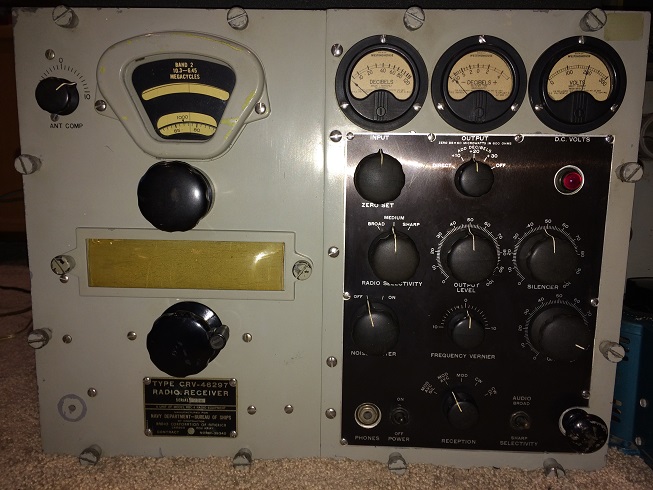I’ve always had a keen interest in electronics and radios. When I was a youngster, one year our Dad bought my brother and I a Heathkit radio kit for Christmas. We spent many nights after Dad got home from work, soldering wires and such.
When we finally got the last wire soldered into place and plugged the radio in, it worked!! We spent many evenings listening to shortwave radio broadcasts like the Voice of America, Radio Free Europe and all kinds of other interesting broadcasts.
When I got to High School, I enrolled in the electronics class and did so every year while in High School.
During that time, one of my friends and I decided we would both learn Morse code and study to get an Amateur radio license.


In those days, I didn’t have much money to afford to buy a “real” amateur radio but fortunately enough we lived near San Francisco where there were several stores that sold military surplus gear left over from World War II and the Korean conflict. This gear was relatively inexpensive and I could afford to buy some with money I earned from my early morning paper route.
One of the first radios I bought was something called an”RBC-

My search continued rummaging through the surplus stores to find a radio transmitter
and I finally found something called an “ARC-

My very first contact was with a fellow in South America via CW (Morse Code). I was thrilled and amazed that the signal could travel so far considering the equipment I was using.
I had a lot of fun with this gear. Because it was built for the military, both radios
could cover all frequency bands, including the then very popular CB radio band. In
those days CB radios were limited to five watts of transmitting power but the ARC-

After graduating High School and moving away to attend college, I had to box up all of the radio gear.
None of the apartments I lived in for the next several years would allow antennas, so I wasn't able to use the radio gear for a long time.
Once I graduated from college, I got my first job where I was making more than just
enough to pay for food and shelter as I was when I was working my way through college.
A friend and I ended up renting a house together where I would be able to install
some radio antennas, so I decided it was time to purchase a "real" amateur radio.
In those days, there was an amateur radio store nearby and I remember going to that
store several times to shop for a new transceiver. About that time, a company named
"Kenwood" came out with their latest transceiver. This transceiver was one of the
first transceivers that was 100% solid state, meaning it had no vacuum tubes whatsoever.
The Kenwood TS-
I had a lot of fun with the Kenwood radio and learned a lot at the same time. In my mind, a lot of the fun of the amatuer radio hobbly is experimenting with different things.
With the Kenwood, I experimented with a lot of different “home-
Around that same era personal computers started to become more affordable and although I did spend some time interfacing different things between the radio a computer, my interests in the amateur radio hobby started to wane as my attention became more focused on computers and programming.